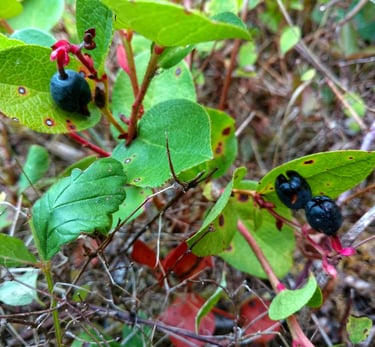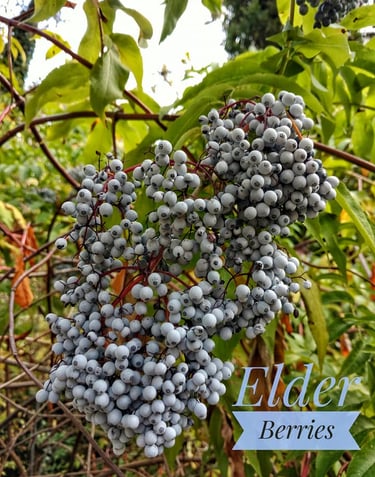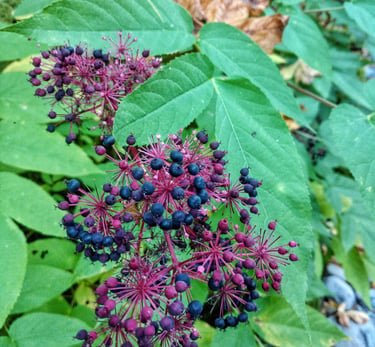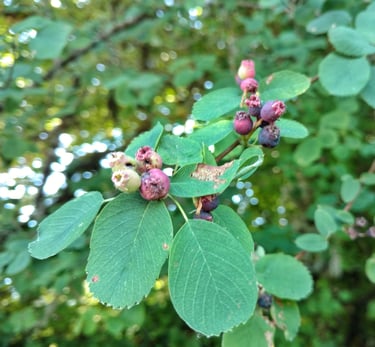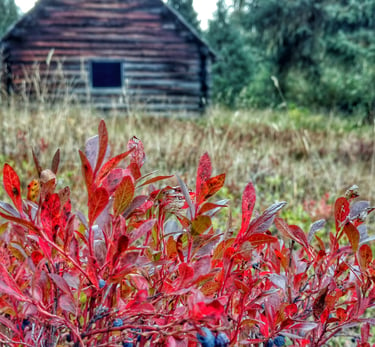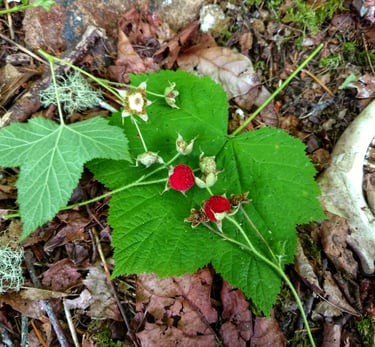Edible Plants
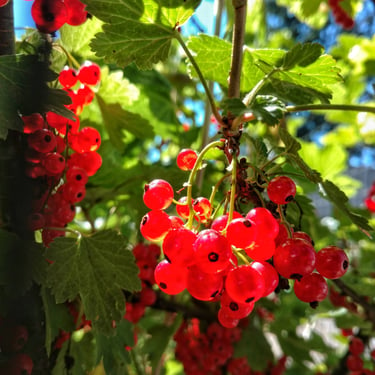

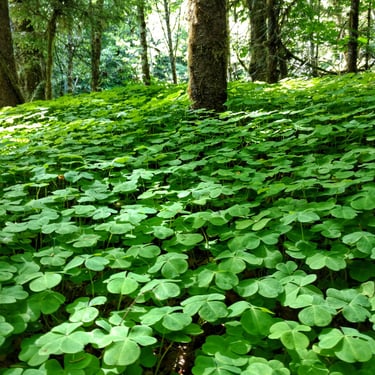

How to identify plants. Identifying plants that are edible, helpful in other ways, or are poisonous plants.
Steer clear from a plant if it has:
Milky or discolored sap
Spines, fine hairs, or thorns
Beans, bulbs, or seeds inside pods
Almond scent in the woody parts and leaves
Dill, carrot, parsnip, or parsley-like foliage
Bitter or soapy taste
Grain heads with pink, purplish, or black spurs
Never assume you know what a plant is, by only looking a picture.
You should be positive before ever trying to eat any wild plants
Elderberries
Elder bushes are commonly found growing in woodlands. The bushes have fluffy white flowers in summer, and, later, their branches are full of blue-black berry clusters. Has been used to make syrups and jams. Somewhat bitter taste.
Red Currant
Red currants grow on stout woody shrubs. Small sized berries are loosely clustered in elongated strands and have a somewhat translucent sheen. Contains 3-12 tiny edible seeds. Somewhat tart.
Clover
Clovers are actually edible. And they’re found just about anywhere there’s an open grassy area. Spot them by their distinctive trefoil leaflets. You can eat clovers raw, but they taste better boiled. The flowers are very sweet tasting and make a great snack.
Wood sorrels have oxalic acid (like rhubarb leaves) that in quantity is toxic, so use in moderation.
Salal
Salal berries are very tasty, fresh or dried. These are very common in the Pacific North West. Ripening in late summer and hanging on into fall they are pretty much impossible to mistake for anything else.xic, so use in moderation.
Thimble Berries
Thimble Berries are common on stream banks and taste similar to raspberries although they are very seedy
Blueberries
Blueberries are not as common , but are most prevalent in higher altitudes and cooler climates along stream banks.
Serviceberries
Some serviceberries are very tasty while other bushes are bitter and astringent. They are dark blue when fully ripe the purple ones are hard and bitter even on good bushes.
California Spikenard
A relative of Ginseng, this was used medicinally by the natives. The berries taste reminiscent of ginseng.
